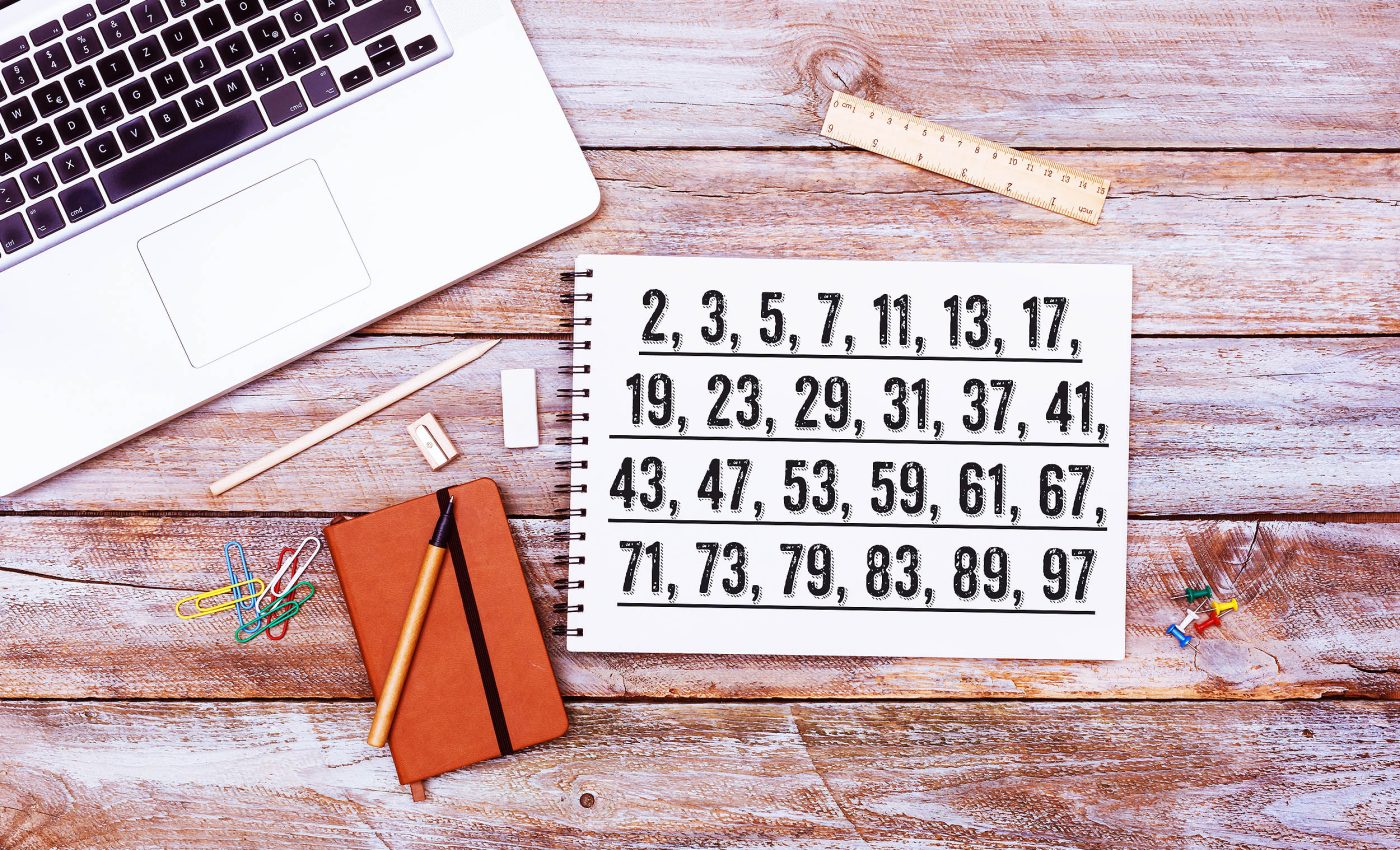
'Prime numbers' discovery upends thousands of years of accepted beliefs and could disrupt encryption methods
Numbers rarely make headlines, yet a fresh claim about prime numbers is stirring excitement well beyond math circles. Primes are those stubborn figures that resist division by anything but 1 and themselves.
For thousands of years, their locations have seemed as unpredictable as meteor showers.
Now comes a bold assertion: primes are not as random as we thought. If that statement holds, it rewrites a story mathematicians have told since the ancient Greeks. It also challenges the security systems that shield our bank transactions and private messages.
Understanding prime numbers
Every whole number on your calculator can be built from primes. Need 15? Multiply 3 and 5. Need 323? Break it into 17 × 19. Yet no one has found a simple shortcut that lists every prime in order without missing one or adding impostors.
The hunt for such a shortcut has produced famous puzzles – from the Riemann hypothesis to the search for ever-larger primes – but no final map.
That apparent chaos is so reliable that modern encryption counts on it. If hackers cannot predict the next prime, your credit-card details stay safe.
Still, primes have a habit of surprising us. They crop up in patterns inside musical scales, help explain the spacing of sunflower seeds, and even assist physicists in modeling atomic nuclei. Each appearance whispers that a deeper order may exist.
Cracking the prime number code
That whisper grew louder when a team working between Hong Kong and North Carolina shared a preview of its findings.
“This is a genuinely revolutionary development in prime number theory,” enthused Way Kuo, a Senior Fellow at the Hong Kong Institute for Advanced Study (CityU), who is working on the project alongside researchers in the U.S.
The group’s lead investigator, Han-Lin Li, brings expertise in computer science; co-author Shu-Cherng Fang is an authority in industrial and systems engineering. Together they tackle problems where mathematics meets real-world complexity.
Their claim is blunt. “Our team has devised a way to accurately and swiftly predict when prime numbers will appear,” adds Kuo.
The statement, tucked inside a working paper on the SSRN Electronic Journal, immediately caught the eye of number theorists – and skeptics.
Periodic table of primes
At the heart of the paper sits a chart dubbed the Periodic Table of Primes, or PTP. Much like the familiar chemical table, the PTP plots each prime inside repeating blocks.
Slide along one block, and you land on the next prime; hop down a column, and you encounter twin primes – pairs that differ by just two, such as 11 and 13.
The authors say the grid not only pinpoints where the next prime hides but also estimates the largest gap between primes in any stretch of numbers.
Such forecasts, if verified, would turn several open questions into routine calculations. Counting the total primes below, say, one quintillion could shrink from supercomputer months to desktop minutes.
Factorizing large integers – vital for digital signatures – could speed up just as dramatically.
Why does any of this matter?
Cryptography relies on the difficulty of teasing apart two large primes once they are multiplied. The RSA algorithm, for instance, underpins secure websites by turning that difficulty into a digital padlock.
If the PTP really guides users straight to primes, today’s padlocks may look flimsy tomorrow.
Researchers in cybersecurity are already sketching new protocols that would stay a step ahead, either by switching to quantum-resistant schemes or by choosing keys built from mathematical structures other than primes.
Not all consequences are ominous. Better prime prediction could reinforce security, too. Designers could pick keys with built-in tests – fail the test, and you know the key was forged.
Faster prime generation might also improve blockchain platforms, trimming energy costs that now rival small power plants.
Prime numbers and the cosmos
Curiously, the breakthrough did not spark inside a pure-math department. The team was refining a color-coding method for image compression, where numbers stand in for shades of red, green, and blue.
Prime factors help squeeze those shades into smaller files without visible loss. While charting factor patterns, Li and colleagues noticed sequences that lined up with prime appearances. Follow the breadcrumb trail, and the PTP emerged.
Should the table withstand peer review, its ripple could reach astrophysics and quantum computing. Primes guide error-correcting codes that let NASA beam crisp photos across billions of miles.
Quantum bits, or qubits, likewise need robust codes to stay coherent. A clearer map of primes could sharpen both missions – snapping cleaner pictures of distant galaxies and keeping qubits in line long enough to tackle chemical simulations.
What happens next?
Mathematicians will now poke every corner of the PTP, searching for hidden flaws. If none appear, one of the oldest riddles in arithmetic loses its aura of chance.
Either way, the chase proves something primes have taught for millennia: a humble question – what divides evenly into what – can reshape how we encrypt secrets, compress selfies, and explore space.
—–
The brilliant team behind this revolutionary discovery comprises Han-Lin Li, a Visiting Professor in the Department of Computer Science at City University of Hong Kong (CityUHK), Shu-Cherng Fang, the Walter Clark Chair Professor of Industrial and Systems Engineering at North Carolina State University, and Way Kuo, a Senior Fellow at the Hong Kong Institute for Advanced Study, CityU.
The full study was published in the SSRN Electronic Journal.
—–
Like what you read? Subscribe to our newsletter for engaging articles, exclusive content, and the latest updates.
Check us out on EarthSnap, a free app brought to you by Eric Ralls and Earth.com.
—–













